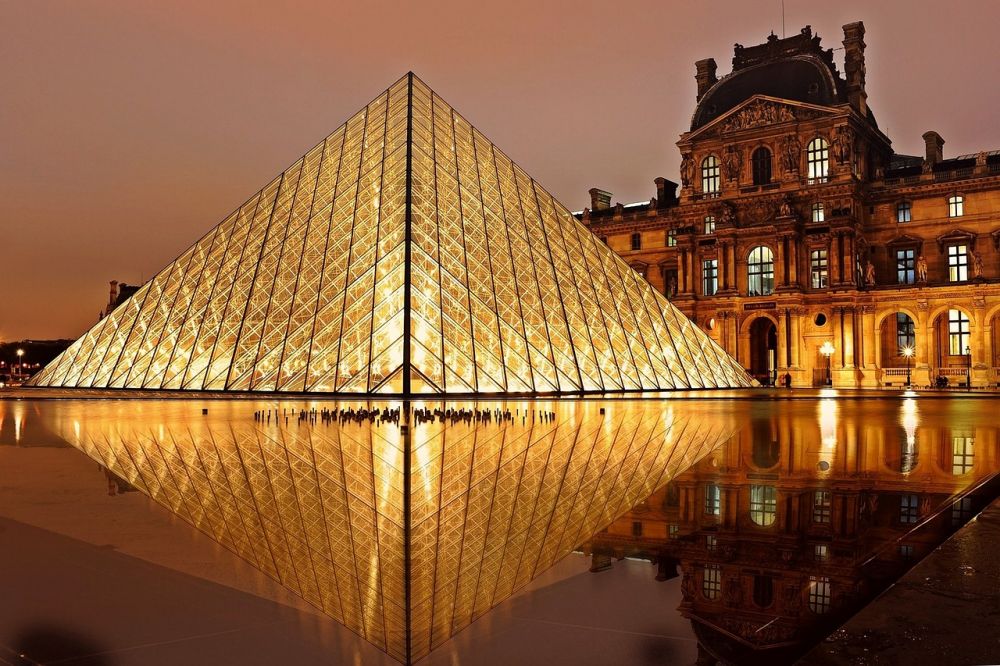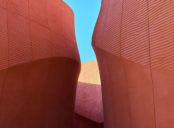Toyo Arkitekt: En In-Depth Look at the Innovative Architecture

Introduction:
Toyo Arhitekt, founded by renowned architect Toyo Ito, is a revolutionary architectural design that has garnered global recognition and appreciation. This article aims to provide a comprehensive overview of Toyo Arkitekt, highlighting its various types, popularity, quantitative measurements, differences between them, and a historical evaluation of their pros and cons.
Overview of Toyo Arkitekt:

Toyo Arhitekt is a groundbreaking architectural concept that seeks to harmonize nature and technology, creating spaces that evoke emotions and inspire users. Toyo Ito’s designs focus on the use of innovative materials, organic forms, and minimalistic aesthetics. His architectural philosophy revolves around creating spaces that engage with their surroundings while promoting sustainability and functionality.
Comprehensive Presentation of Toyo Arkitekt:
Toyo Arkitekt encompasses a wide range of architectural structures, including residential complexes, commercial buildings, museums, cultural centers, and even public spaces. Each design is unique, reflecting Toyo Ito’s creativity and ability to seamlessly blend aesthetics and functionality. Some popular examples of Toyo Arkitekt are the Sendai Mediatheque in Japan, the Taichung Metropolitan Opera House in Taiwan, and the Gifu Kitagata Apartments in Japan.
Quantitative Measurements of Toyo Arkitekt:
When evaluating the success and impact of Toyo Arkitekt, several quantitative measures come into play. These include the number of awards and recognitions received, the environmental sustainability of the designs, the size and cost of projects undertaken, and the user satisfaction ratings. Toyo Arkitekt has been honored with prestigious awards like the Pritzker Architecture Prize, showcasing its global acclaim and recognition in the architectural community.
Differences Between Various Toyo Arkitekt Designs:
While all Toyo Arkitekt designs share a common focus on blending nature and technology, they also possess unique characteristics that set them apart. Some designs emphasize verticality, using towering structures and innovative facades to create a sense of awe and grandeur. Others prioritize horizontal integration with the surroundings, seamlessly merging into the landscape. The choice of materials, construction techniques, and adaptability to different environments also contribute to the variations within Toyo Arkitekt designs.
Historical Evaluation of Pros and Cons:
Throughout history, Toyo Arkitekt designs have faced both commendation and criticism. One advantage is the ability to create visually stunning and emotionally engaging spaces that connect with users at a deeper level. The incorporation of sustainable design principles and environmentally friendly practices is also a significant benefit. However, some critics argue that Toyo Arkitekt designs can be expensive to implement and may require specialized techniques. Additionally, the avant-garde aesthetics of certain designs may not resonate with all individuals, sometimes resulting in subjective evaluations.
In conclusion, Toyo Arkitekt represents a pinnacle of architectural innovation, combining nature, technology, and visionary design principles. The various types of Toyo Arkitekt designs, their popularity and recognition, quantitative measurements, differences between them, and historical evaluation of pros and cons all contribute to its influential status in the architectural world. By understanding and appreciating Toyo Arkitekt, we gain insight into the future of architecture and its potential to shape our living spaces.
[INSERT VIDEO HERE – Video showcasing the beauty and functionality of Toyo Arkitekt designs, highlighting key projects and their impact.]





















